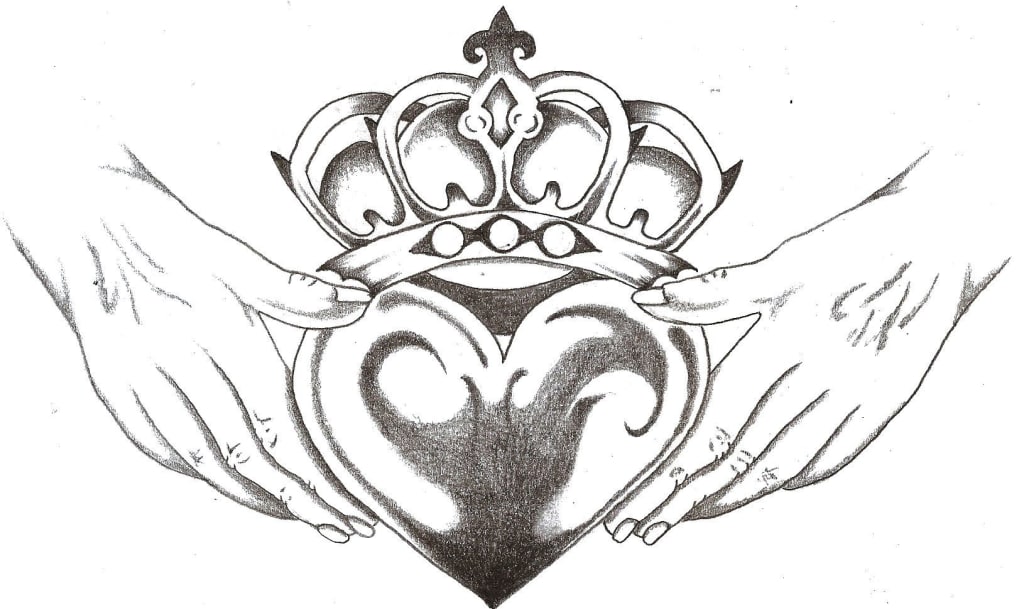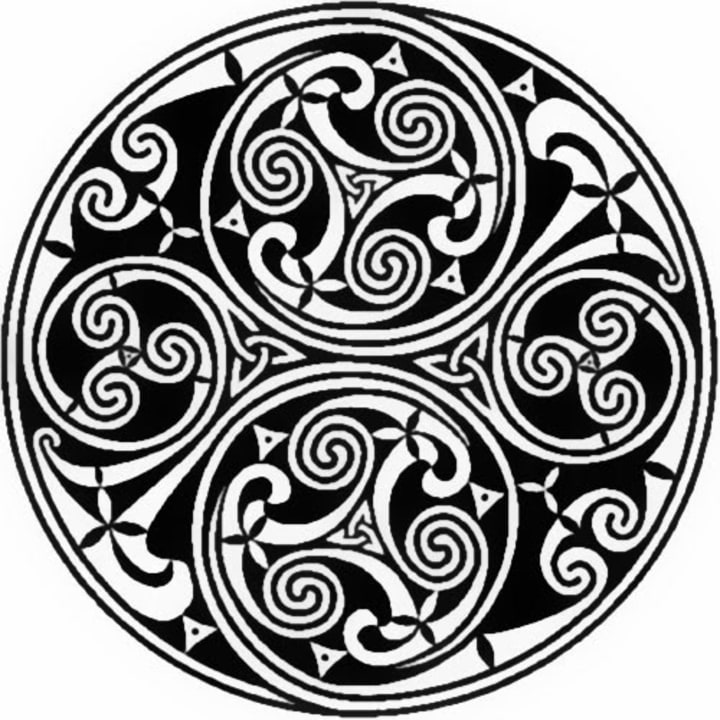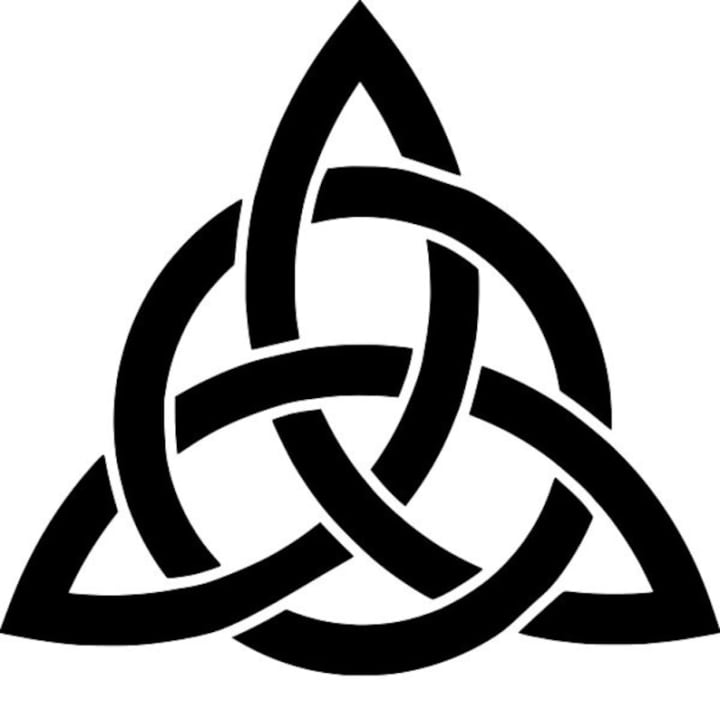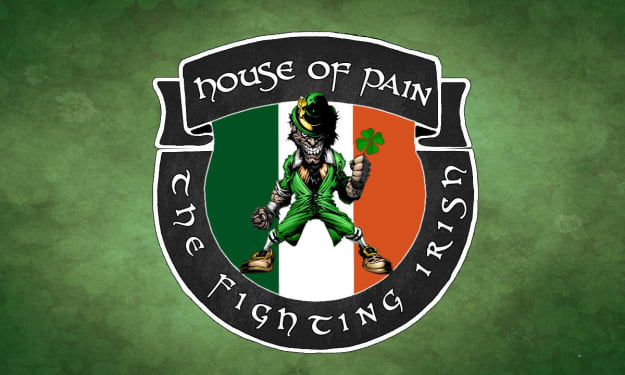
Tattoo culture has gone from a social taboo to socially accepted within the last decade. There are and have been hundreds of thousands of tattoo styles intertwined with different cultures and social factions. The Celts were a generation of Gaelic and British Isle warriors who wore their ink with a substantial amount of pride and respect. As a non-Germanic, Iron age civilization, the Celts would migrate all over Europe bringing with them great understanding and appreciation for the cultural influences they’d embrace along their travels. Eventually settling in the British Isles, before the time of Christ, the Celts would soon mold their identity into who we recognize today as fierce, gritty, noble warriors. In the fifth century the Celts would convert to Christianity. The conversion would be a catalyst for Celtic art and literature. Tattooing would become a staple in the Celtic arts.
Celtic tattoos commonly are recognized as bold knotwork and intertwined zodiac symbols. Their tribalistic style was befitting of the rough and brash abrasiveness the Celts brought to the battlefield. It was believed their tattoos would add to their violent mystic in the heat of battle. “Some Celts even covered their whole bodies in tattoos! They developed their own method for tattooing, which remains one of the most ancient tattooing methods in history. They used the woad plant to create bright blue dyes, and imbued their warriors with symbols of good luck, strength, peace, and more.” (Sara) These traditional blue colors associated with the tattoos would become a shade of significance for one of the Celtic Isles, Scotland. The Scots would not only implement the blue in their tattoos, but as well as war paint and their traditional striped flag we recognize today. The dye from the woad plant was also used as a mixture for hair dye. Dying hair was common amongst Celtic warrior tribes. Hair dying was primarily done by females. As for the tattooing, the practice was enacted on mostly the men of the tribes. Tattooing was seen as a primarily masculine practice due to the importance of battle tactics at the time. “Even though Celtic tattoos are no longer used as a battle tactic, the intricate designs have remained popular with artists and tattoo lovers. Many of the designs still carry meanings beyond being a stylish symbol. While ancient Celtic tattoos were reserved for warriors and were chosen for their masculinity and depiction of strength, today these tattoos are normally gender neutral and carry more introspective meanings, such as symbols associated with wisdom or purity” (San Marcos)

There are a number of Celtic tattoo designs that remain prominent and recognizable to this day; First being the knot. The knot, or the Triquerta, is constructed to represent infinity, or never ending. A famous knot design normally recognized as the Trinity knot is a not that reflects the Christian/Catholic background of the Celtic heritage. The Trinity is a metaphor for the holy trinity; The father, son, and holy spirit. Animal symbols are another traditionally abundant tattoo design used by Celts. Much like other native cultures, the animals are selected by the canvas’s zodiac symbol. These would be Celtic zodiac symbols derived from a particular tree for each symbol. For instance; Someone born in January would be represented by the Rowan tree, the animal correlating with that tree would be the green dragon. Or, for another example, someone born between June and July would be represented by an Oak tree and their animal would be a white horse. Each tree has its significance in Celtic folk lore, and the only way Celts felt that they could pay tribute to these holy manifestations was to tattoo them.

Celt tattoo designs for the most part, always integrated Gaelic language into their designs. Gaelic derived from the Scottish and transitioned into six different styles. The Gaelic most common amongst tattooing was the Irish Gaelic. This is a language not often spoken outside of the Isle. Today unfortunately it is rarely used by the current population in the Isle, but phrases still pop up in art and in conversation. When it comes to tattooing, some of the more common Gaelic phrases include “Sláinte” meaning good health, “Teaghlaigh” Family, or for Irish loyalist “Éire go Brách” meaning Ireland till the end of time. The Irish in particular had the hearts of poets. It wasn’t uncommon to find Irishmen with full soliloquies and or haikus tattooed along their body. Some were famous passages written by Celtic loyalists, and some were personal pieces the individual wrote themselves. This gave individuals a constant reminder of the cultural artistry that Celtic clans provided to the Isle. Celts wore these words as a statement to oppressors and as a pledge of loyalty to their cause or country. The Celts were incredibly passionate people, as well as extremely loyal, and we have come to understand now that their ink was a reflection of their spirit and a reminder of pride in one’s cultural upbringing.
About the Creator
Benjamin Reese
My degree is in Communications with a focus on Journalism and a minor in Political Science.






Comments
There are no comments for this story
Be the first to respond and start the conversation.